All the MTA fare hikes of the last 100 years
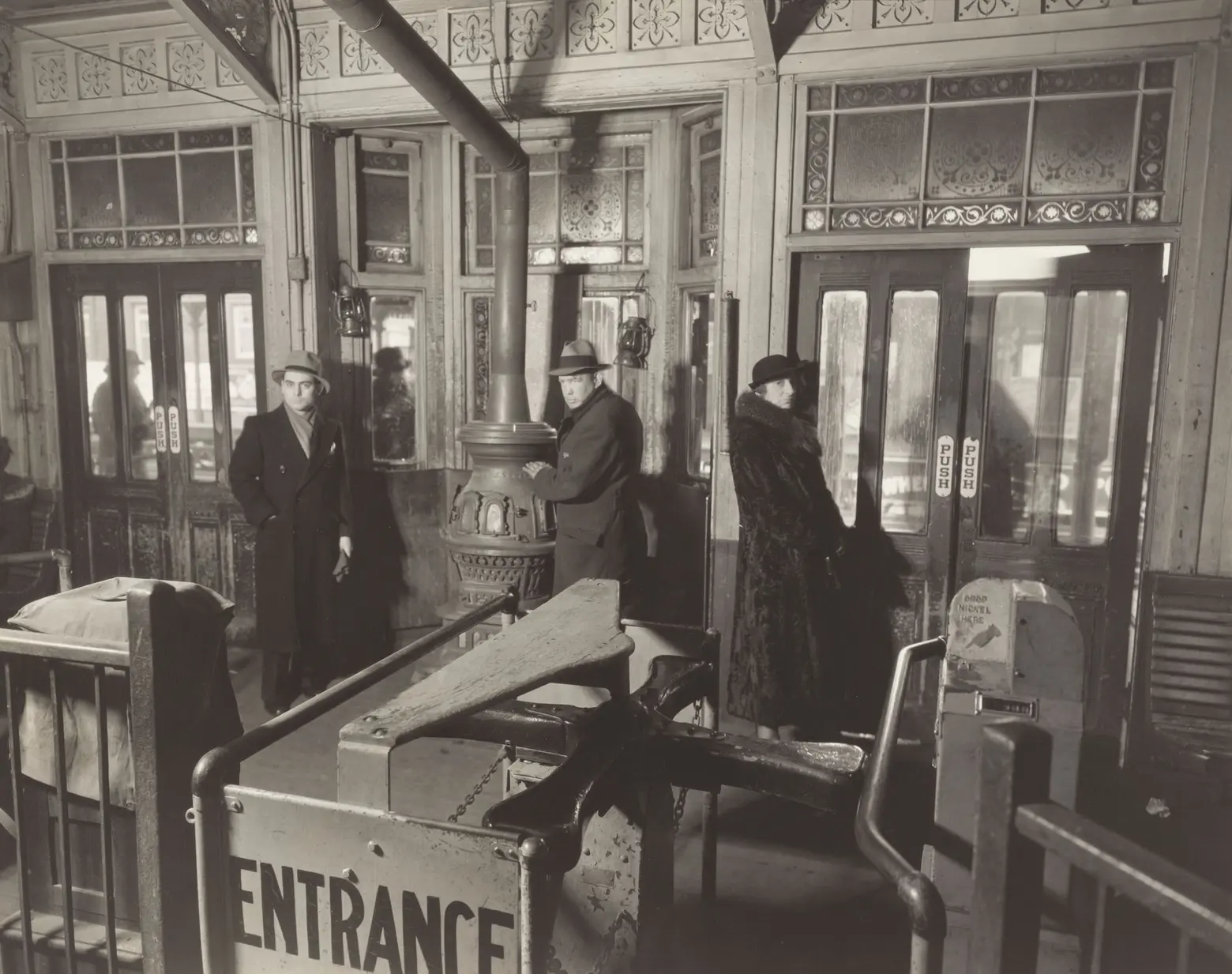
The Miriam and Ira D. Wallach Division of Art, Prints and Photographs: Photography Collection, The New York Public Library. (1936). El station, Sixth and Ninth Avenue Lines: downtown side, 72nd Street and Columbus Avenue Retrieved from NYPL Digital Collections.
The MTA’s latest fare hike went into effect on Sunday, the first increase in the subway base fare since 2015. The agency approved a 5 percent increase for the cost of a single subway or bus trip, with the price jumping from $2.75 to $2.90. Instead of just lamenting over another 15 cents lost, we’re taking stock of all the ride increases over the last 100 years.
Technically speaking, the MTA wasn’t officially created until 1968 and the subway and buses were simply considered to be part of the NYC Transit system. But here’s a timeline of the increases that have been incurred since October 27, 1904, when the subway first opened:
- 1904 – 1948: 5 cents
- 1948 – 1953: 10 cents
- 1953 – 1966: 15 cents. Subway customers bought tickets to pay their fare until May 10, 1920. Coin-operated subway turnstiles took nickels and then dimes when the fare became ten cents. Tokens replaced coins in 1953, when the fare rose to 15 cents since turnstiles couldn’t handle two different coins.
- 1966 – 1970: 20 cents
- 1970 – 1971: 30 cents
- 1972 – 1975: 35 cents
- 1975 – 1980: 50 cents
- 1980 – 1981: 60 cents
- 1981 – 1984: 75 cents
- 1984 – 1985: 90 cents
- 1986 – 1989: $1
- 1990 – 1991: $1.15
- 1992 – 1995: $1.25
- 1995 – 2003: $1.50. The MTA also began allowing free transfers between buses and subways in 1997.
- 2003 – 2009: $2
- 2009 – 2010: $2.25
- 2013 – March 21, 2015: $2.50
- March 22, 2015: $2.75
- August 20, 2023: $2.90
In addition to the increased base fare, 7-day passes will now cost $34, up from $33, and 30-day unlimited passes will cost $132, up from $127. The express bus base fare will jump from $6.75 to $7 and the seven-day pass from $62 to $64. Fares on the Long Island Rail Road and Metro-North and tolls on MTA bridges and tunnels have increased as well.
Technology has evolved since the early days of the subway, with the rollout of tap-and-go fares via OMNY. Under the new fares, the first 11 subway and bus trips will cost $2.90 per tap, with the 12th trip at $2.10, and the 13th trip and all subsequent trips free.
RELATED:
- Animated GIF Shows How NYC’s Subway Has Evolved over the Last 100 Years
- NYC subway fare to increase to $2.90 in August
Editor’s note: The original version of this article was published on March 23, 2015 and has since been updated.
Interested in similar content?
Leave a reply
Your email address will not be published.
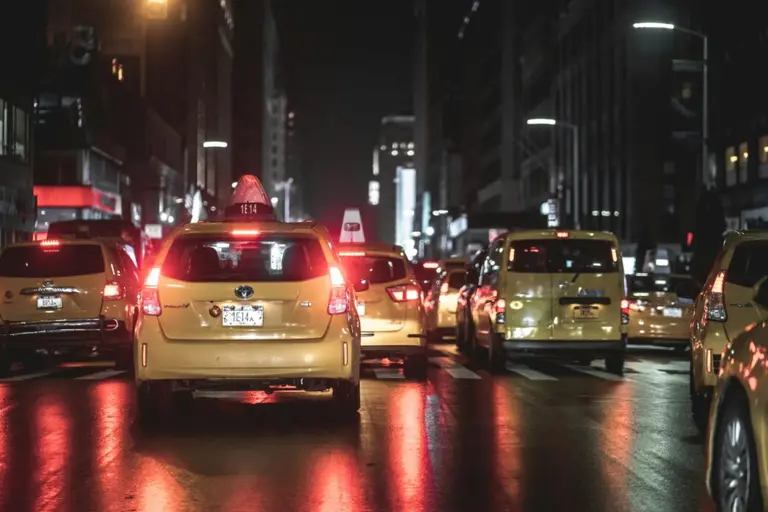







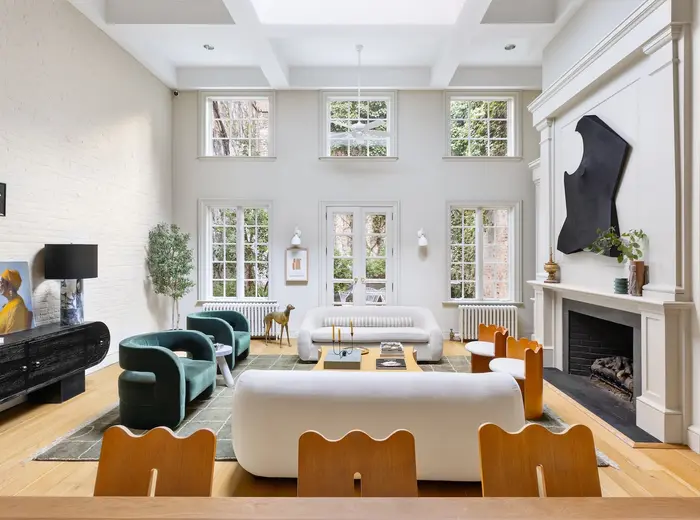
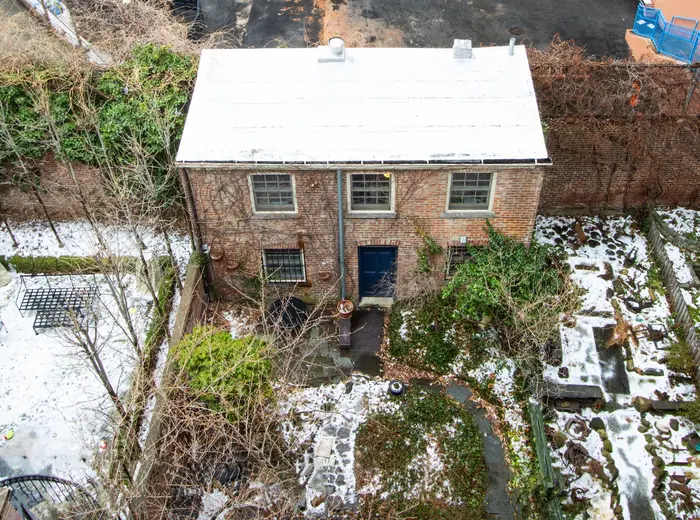
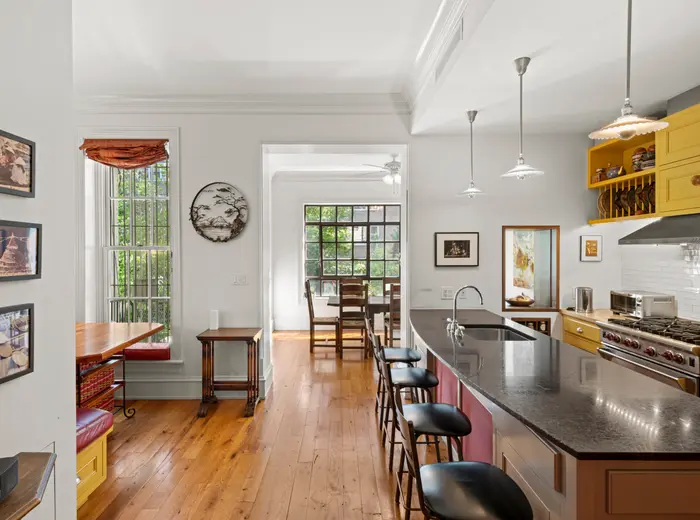
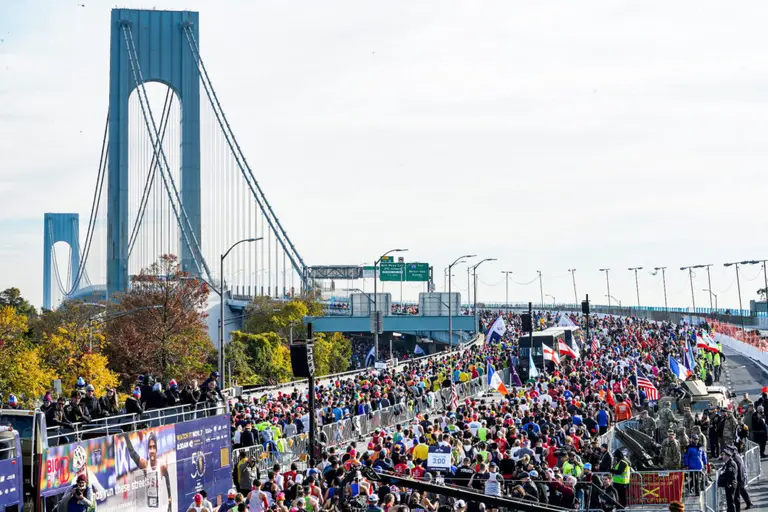


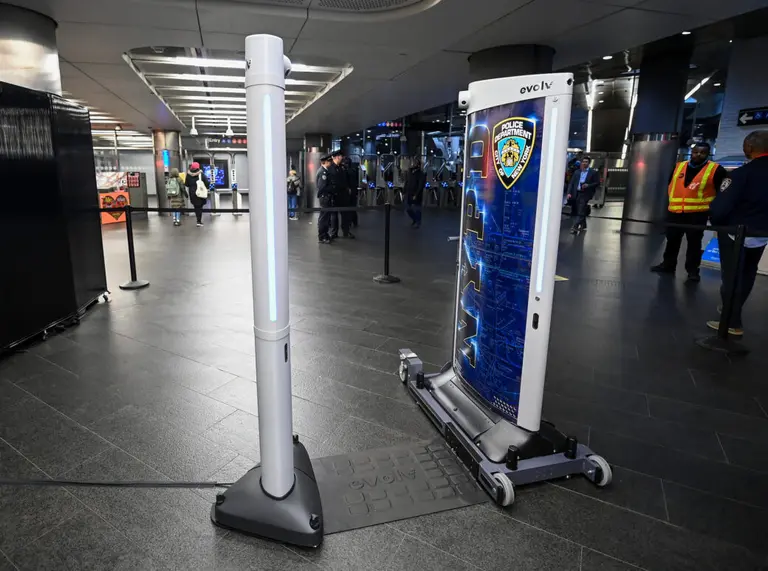
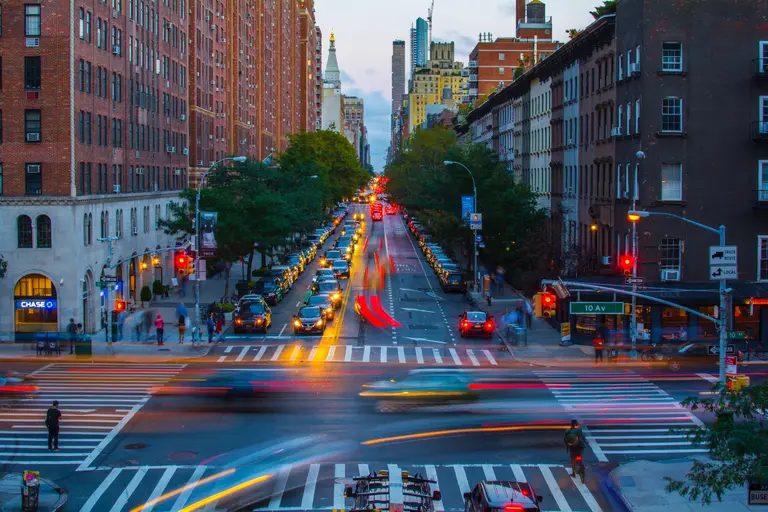
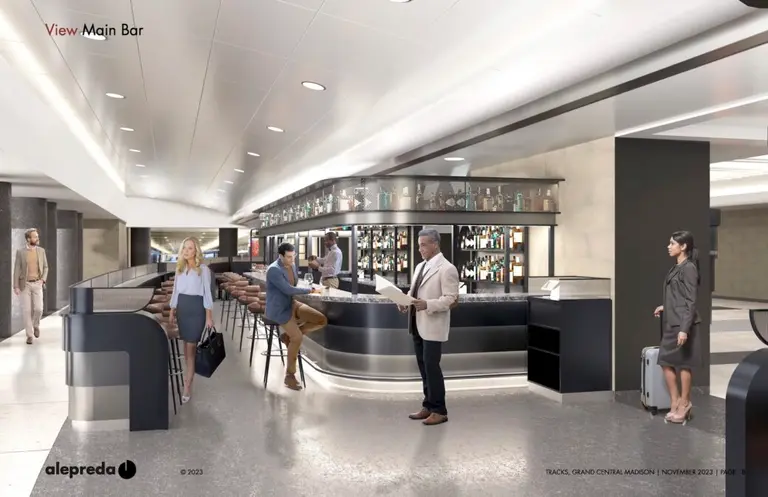











My name is Vincent. l am a Emigrant, from Jamaica, and l came to New York in the year 1984. The far was 90 cents. thats thirty nine years ago. So l am in full support for the fair increase.
people should be great full when U look at the mileage U can cover since U bave free transfers from subway to bus.
It would be nice if this was graphed out so we could see how steep the increases past and present are.
Mass transit fares should roll back to a dollar.
The V.O. should play Mozart & Jazz vs. kindergarden announcements and call us “Passengers “NOT “cutomers” .
More park benches in all waiting areas.
Open up the latrines in every station.
Clean up the scuzz, grime & mold.
Solar panels along the elevated rails to reduce its electric bill.
Hire & rotate the local kids… to do station clean up duty.
Install more wastepaper baskets and a community bullitin biard in each station.
8 changes to bring MTA up to speed with any METRO in Europe.